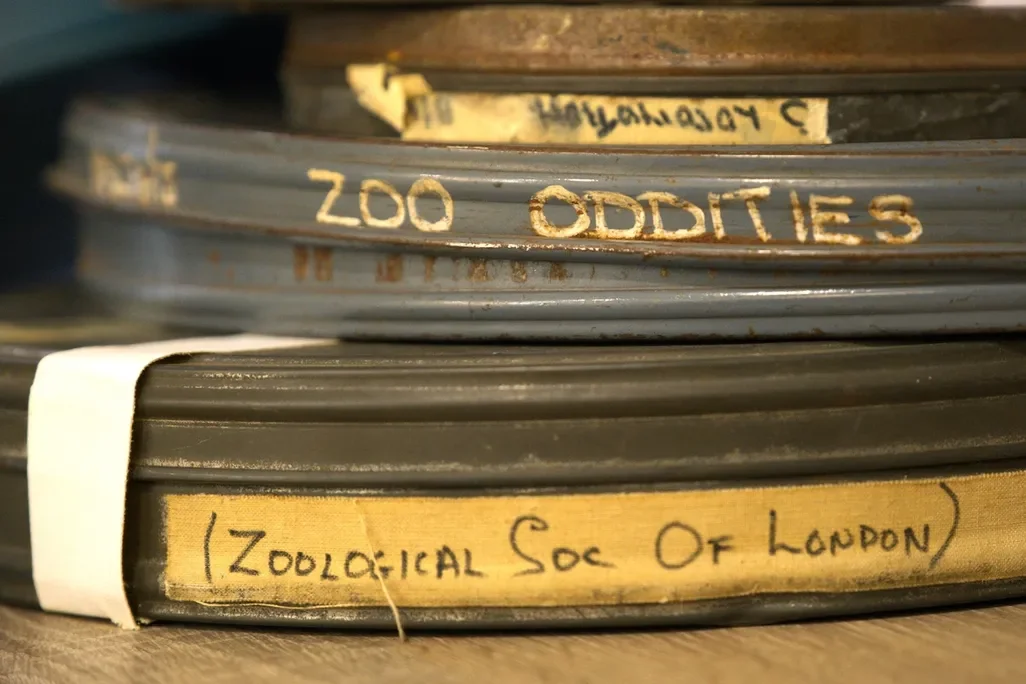
Unearthing History: London Zoo’s Hidden Cinematic Treasures
The Zoological Society of London (ZSL) has stumbled upon a treasure trove of vintage film reels, featuring rare glimpses of animal celebrities and peculiar occurrences in a bid to celebrate its bicentennial. This remarkable find of roughly 230 reels, originating from the 1960s to the 1990s, serves not just as historical documentation but also as a vital glimpse into the evolution of wildlife broadcasting.
As ZSL’s bicentenary project manager Tina Campanella noted, there is a “vast and fascinating” archive of items at ZSL, but the new film reels could hold the most significant treasures yet. Many of these fragile canisters are cryptically labeled, creating an air of mystery. For instance, one label simply reads "zoo oddities," while another provocatively suggests content related to “giant panda mating.” These intriguing hints are enough to spark curiosity about zoos’ past interactions with their most famous inhabitants.
Born from a long history of wildlife conservation and public education, the London Zoo has continuously evolved since its inception in 1826 by British colonial official Stamford Raffles. It was a pioneer, establishing the first reptile house and aquarium. ZSL’s collaboration with media, particularly their groundbreaking work with the BBC and ITV in the mid-20th century, likely contributed to the rich content of these newly found reels.
One prominently featured figure among these labels is Chi Chi, the renowned giant panda who became a symbol of the London Zoo in the late 1950s. Captured as a cub in China, Chi Chi lived at the zoo until her demise in 1972, after which she was taxidermied and displayed at London’s Natural History Museum. Remembered fondly by many, Chi Chi’s legacy continues to intrigue generations.
Another star of the past, Congo the chimpanzee, adds an artistic twist to this archival treasure. Under the nurturing guidance of known zoologist Desmond Morris in the 1950s, Congo became a prolific artist, creating over 400 artworks that blurred the lines between animal behavior and creative expression. This remarkable achievement makes one ponder the unique relationship between animals and humans when presented with the right opportunities for interaction.
However, urgency surrounds the preservation of these film reels. With some already affected by vinegar syndrome—a condition that causes materials to become brittle and odorous—there is little time left to save their contents. Digitizing them is crucial to ensure that possibly remarkable snippets from the early days of wildlife broadcasting do not vanish from existence forever.
This revelation raises questions about our need to document and understand our natural world. As we strive to preserve the history of such institutions, we must also think of our creatures' narratives and how they intertwine with our own. Would you like to see these hidden gems preserved for future generations to appreciate? Share your thoughts below!